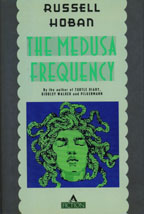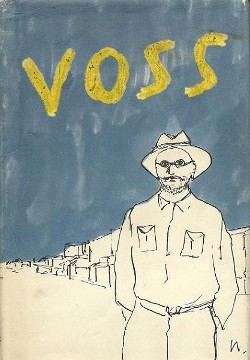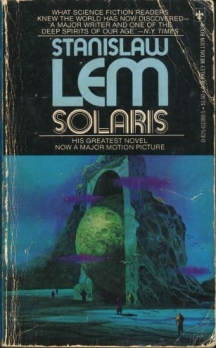To read descriptions of the plot of The Twyborn Affair, all of them out of date, you might expect something psychologically supernatural, like the connection between Laura and Voss in Voss. The back of the book speaks of "a single soul" living "three different lives." I was expecting reincarnation. But in truth The Twyborn Affair is about something much more realist, and more familiar to us than it might have been when White wrote the novel: it's about being transgender.
When we first meet the protagonist, Eudoxia Vatatzes, she's a young woman renting a house in the French Riviera with her older husband, a Greek named Angelos who suffers from fits where he thinks he's a Byzantine Emperor. Probably Angelos is based on White's lover, the Greek Manoly Lascaris. In the second part, Eudoxia has resumed her birth name, Eddie Twyborn. (Twice-born, that is--once as a man and once as a woman; or perhaps tri-born, for the three parts of the book.) Eddie, back home in Australia and living as a man, becomes a hired laborer in the Outback, where he gets caught up in affairs with both his boss' wife and the male manager of the ranch. In the third, thirty years later, Eddie has escaped to London where he has become the madame of a brothel under the Eadith Trist. (No analysis on that surname needed, I think.)
Although like all of White's novels the line between the mental world and the real one is pretty blurred, it seems clear to me that The Twyborn Affair was ahead of its time in thinking about the psychological and social travails of a transgender woman. The old reviews shy away from it, but there is a genuine pathos in Eudoxia/Eddie/Eadith's search for an identity that stands out among White's darker psychological explorations. Eudoxia records her sense of rootlessness in a diary:
My olive-tree is standing. The garden would seem an argument for permanence--only one or two insignificant, dispensable branches lying uncouth amongst the silver tussocks, the hummocks and cushions of lavender, dianthus, southernwood, and thrift. My rented garden. Nothing is mine except for the coaxing I've put into it. For that matter, nothing of me is mine, not even the body I was given to inhabit, nor the disguises chosen for it -- A. decides on these, seldom without my agreement. The real E. has not yet been discovered, and perhaps never will be.
Is "the real E." ever discovered? There's a nice scene at the end where Eadith meets her estranged mother by chance in London. Her mother, speechless, writes on thy flyleaf of a prayer book: "Are you my son Eddie?" And Eadith writes back, "No, but I am your daughter Eadith." Of course, White can't leave it at that; the end has to be less sentimental and more ghoulish. But he allows his protagonist a moment of recognition, face-to-face with the mother with whom she has long identified herself, a mother with her own history of conflicted gender identity and sexuality. Neither the Eddie nor the Eadith portions are as vivid or as captivating as the first section, but this moment feels true because the sensual and adventurous Eudoxia still remains in the body of Eadith, searching for "the real E." It makes you wonder, without wanting too much to project the work onto its author, what path White himself might have taken in a different time and place.











